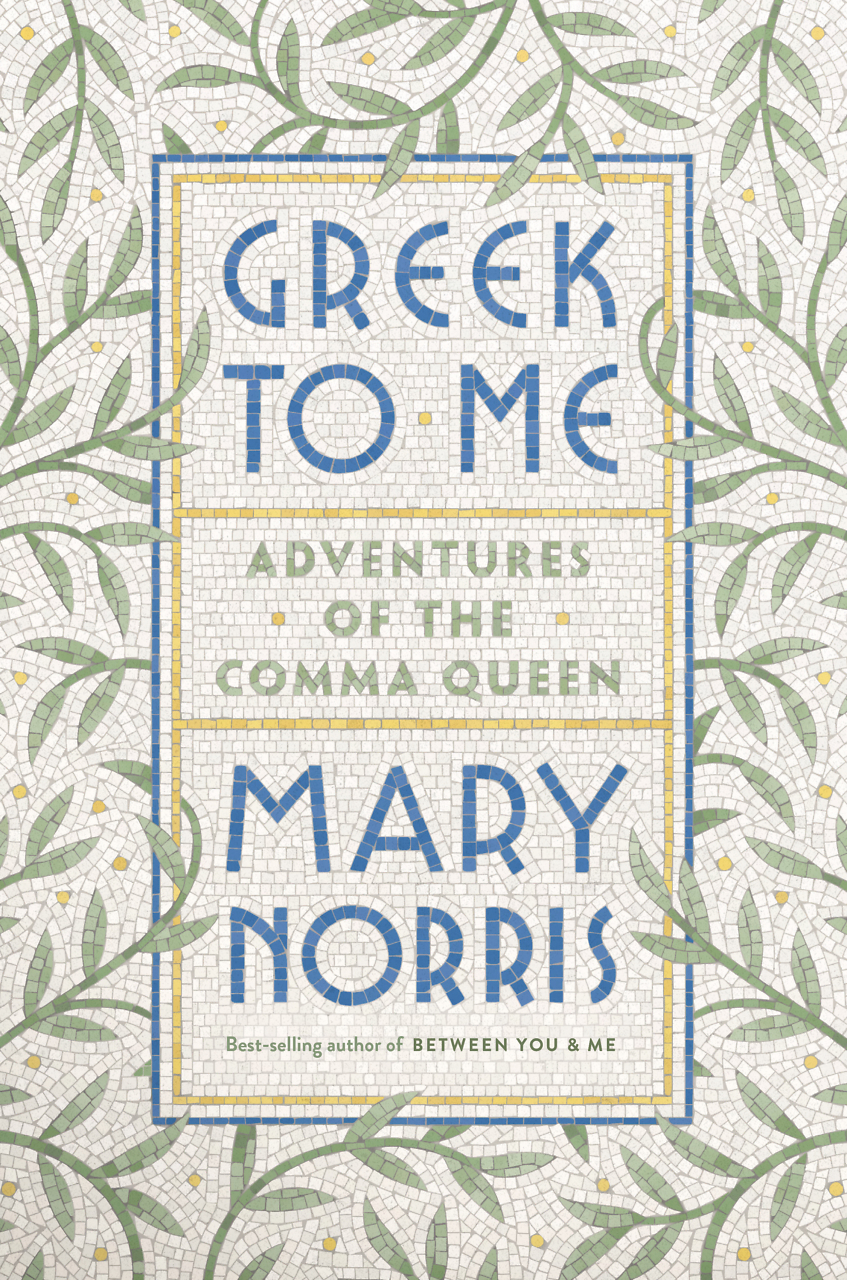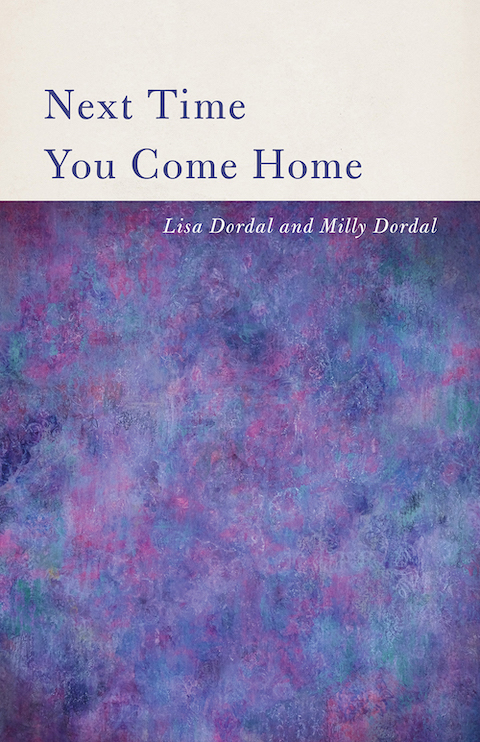Bloodsuckers 1.0
Michael Sims shows off a glittering collection of antique vampire tales
Readers who stumble across Dracula’s Guest: A Connoisseur’s Collection of Victorian Vampire Stories, a new anthology of little-known tales edited by acclaimed nature writer and Crossville native Michael Sims, might be forgiven for rolling their eyes: Oh, great, another vampire book. After all, it seems as if the literary marketplace has hardly seen a week without a vampire-themed bestseller since Stephen King’s 1975 classic, Salem’s Lot. After Anne Rice’s Lestat novels, the Sookie Stackhouse/True Blood series from Charlaine Harris, and Stephenie Meyer’s blockbuster Twilight saga, do we really need another book about pseudo-human bloodsuckers? Arguably, yes, when they’re as diverse and genuinely creepy as the cohort brought together in Dracula’s Guest. Unlike the rather lovable vampires that currently clutter popular culture, the old-fashioned monsters in Sims’s collection are actually monstrous, though sometimes they possess a villainous charm.
Dracula’s Guest is comprised of twenty-two stories arranged in a rough chronology that actually begins well before the Victorian era. Sims then divides the tales into three groups—”The Roots,” “The Tree,” and “The Fruit”—with the aim of showing how the folk myth entered and evolved within literary culture, coming into its own in the second half of the nineteenth century. This is an oddly scholarly approach for a book that is clearly aimed at general readers, but it pays a fascinating narrative dividend, allowing us to see how the vampire evolved from the repulsive revenant of eighteenth-century folklore to the complex, romantic creature that so intrigues us today.
 That fascination arises, at least in part, from the fact that the modern vampire embodies the strange ambivalence we feel about mortality. As Sims notes in his entertaining introduction, we have a horrifying, ineluctable bond with the dead. Recalling a dream in which his grandfather arose from the dead to pay him a visit, Sims writes, “He wanted me to join him. Of course he did; the dead always want us to join them. They frighten us because we know that someday we will.”
That fascination arises, at least in part, from the fact that the modern vampire embodies the strange ambivalence we feel about mortality. As Sims notes in his entertaining introduction, we have a horrifying, ineluctable bond with the dead. Recalling a dream in which his grandfather arose from the dead to pay him a visit, Sims writes, “He wanted me to join him. Of course he did; the dead always want us to join them. They frighten us because we know that someday we will.”
The allure of the dead is central to many of the stories in Dracula’s Guest, such as “Wake Not the Dead” an early nineteenth-century tale in which a restless husband abandons his wife to take up with his previous spouse, who, unfortunately, happens to be dead. Their rekindled romance, needless to say, does not end well. For those who like a less sexy vampire, Sims includes a number of straight-up horror stories, and a few of these are genuinely disturbing. Mary Cholmondeley’s “Let Loose” should come with a warning label for dog lovers.
Dracula’s Guest contains a fair amount of archaic prose (“Avaunt, cold-hearted being: thou knowest not what is love”) that may make it tough going for readers who aren’t keen on Victorian literature, but the stories are dark and gruesome enough to satisfy any contemporary horror fan. Sims, with his usual sparkling style, provides abundant annotation on the stories, and his introduction is a terrific short course on the origins of the vampire myth. Edifying and entertaining, Dracula’s Guest is a welcome—and needed—addition to a literary marketplace awash in vampire stories.


